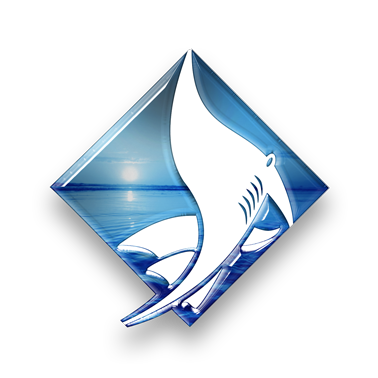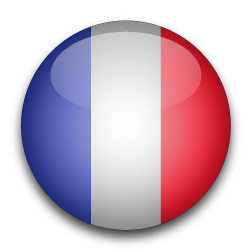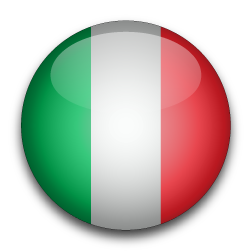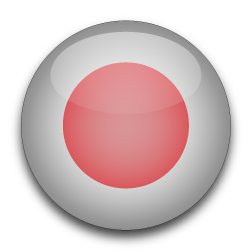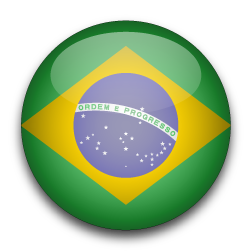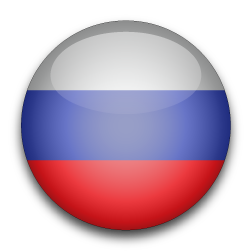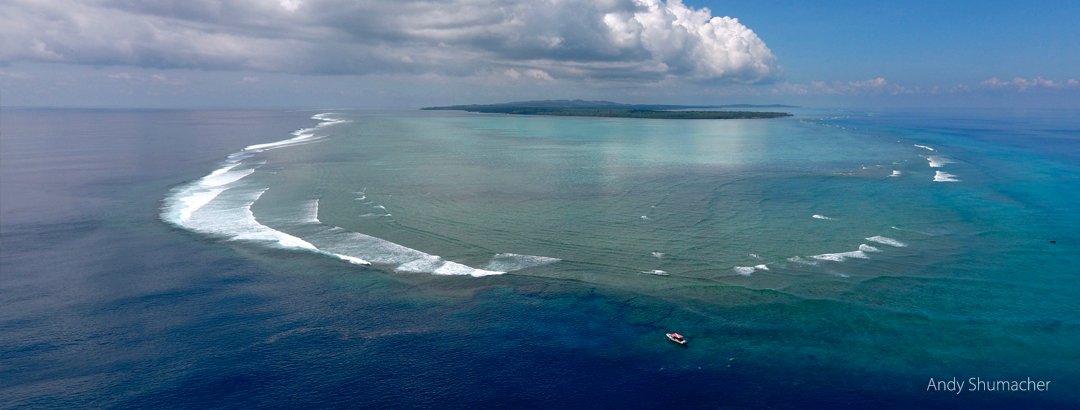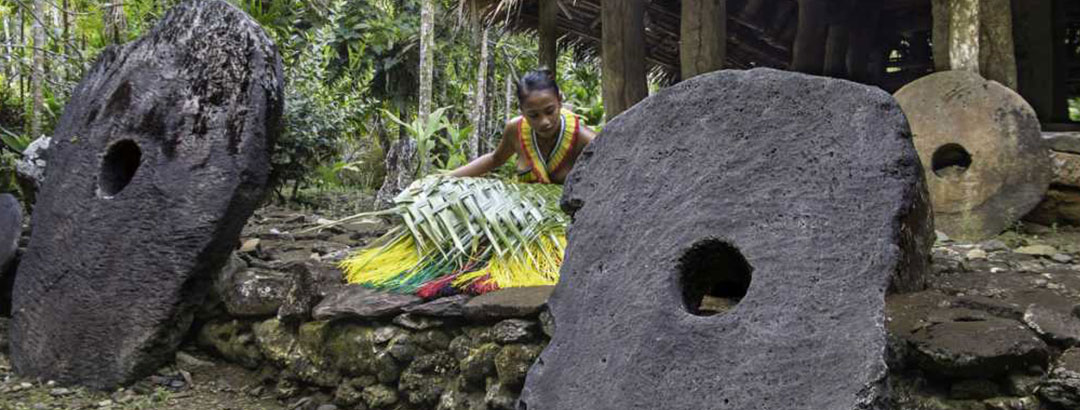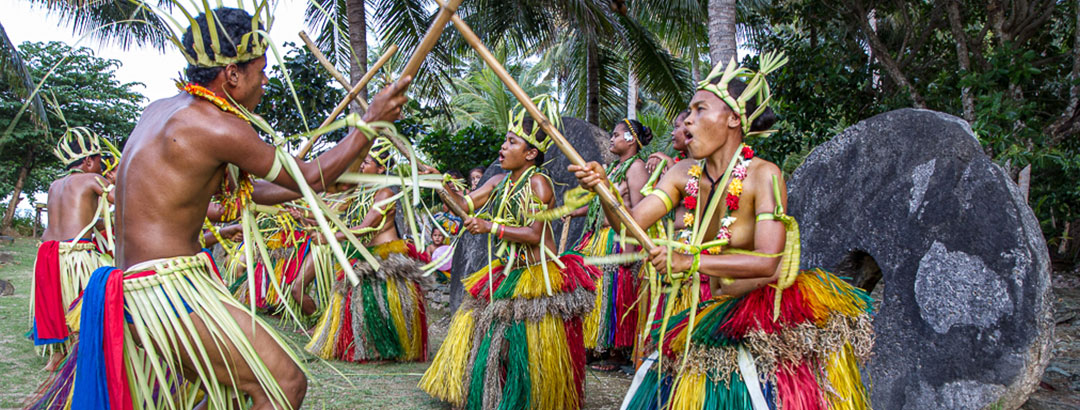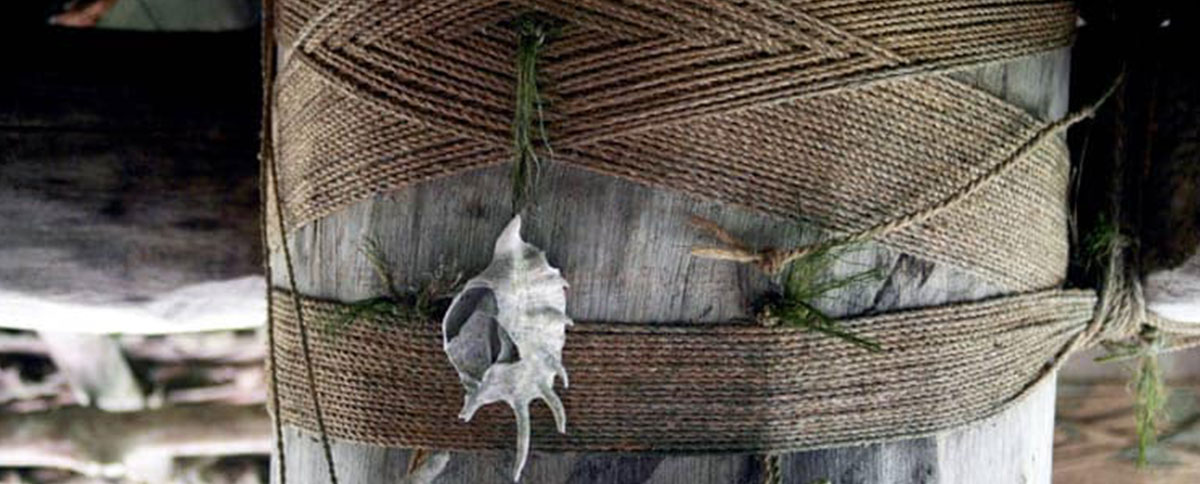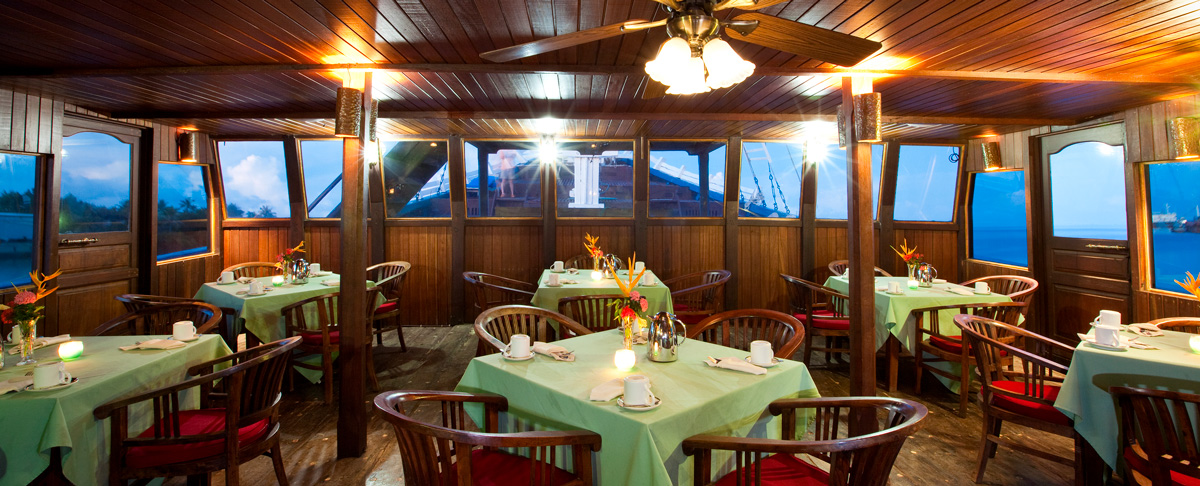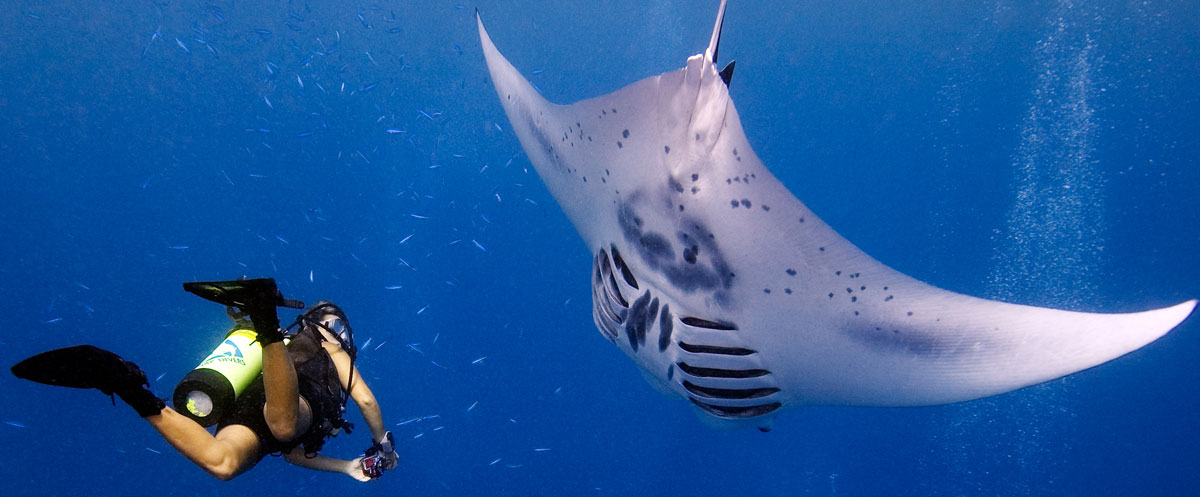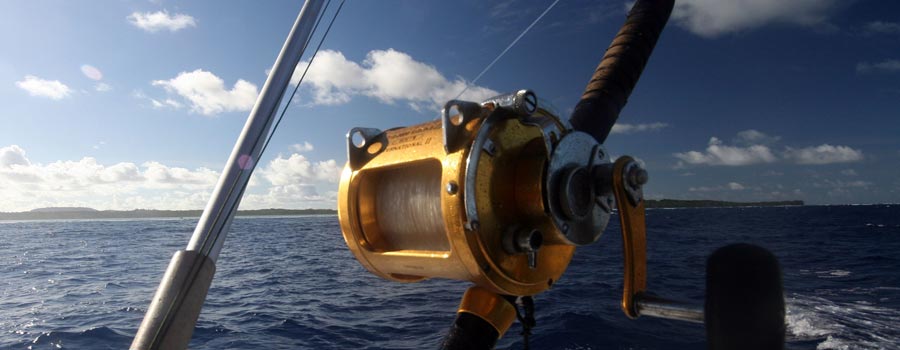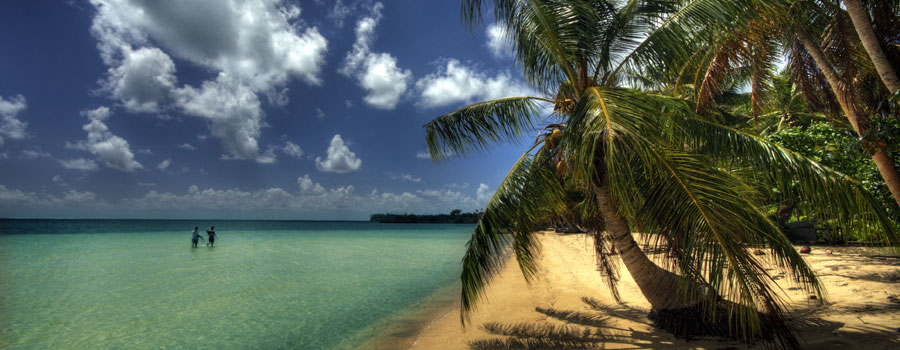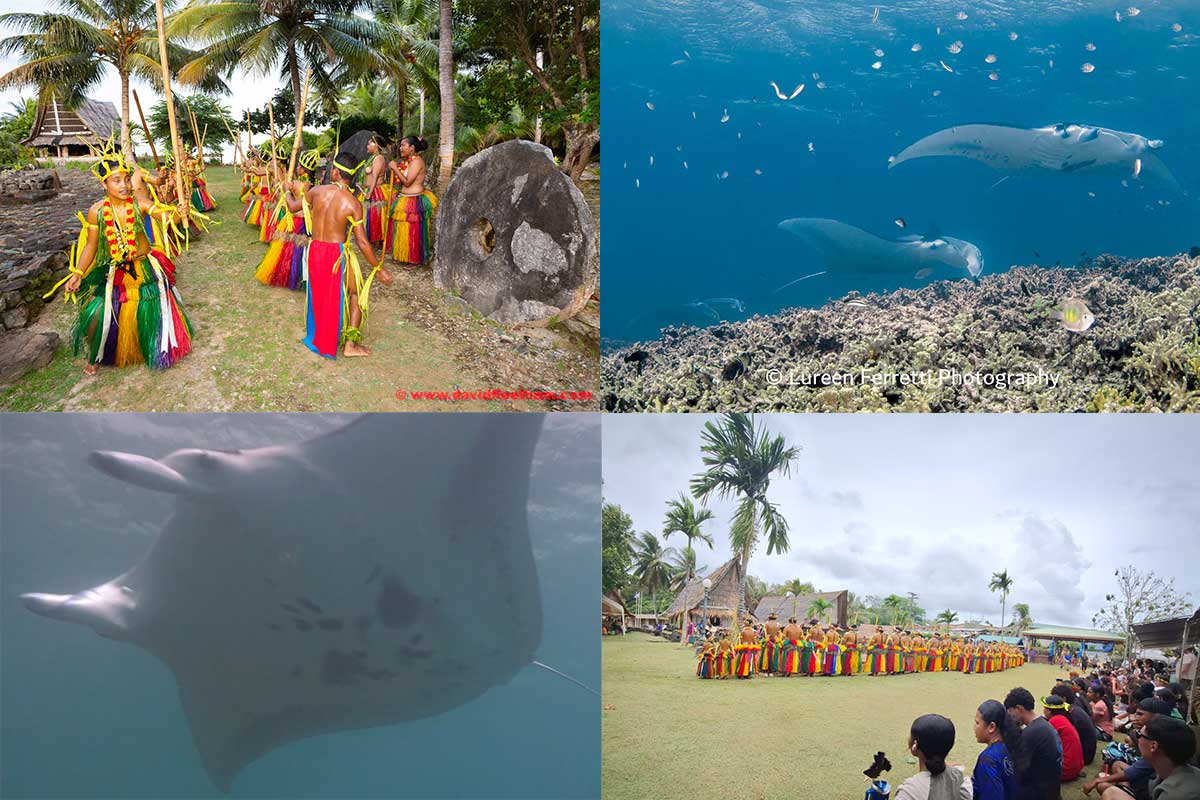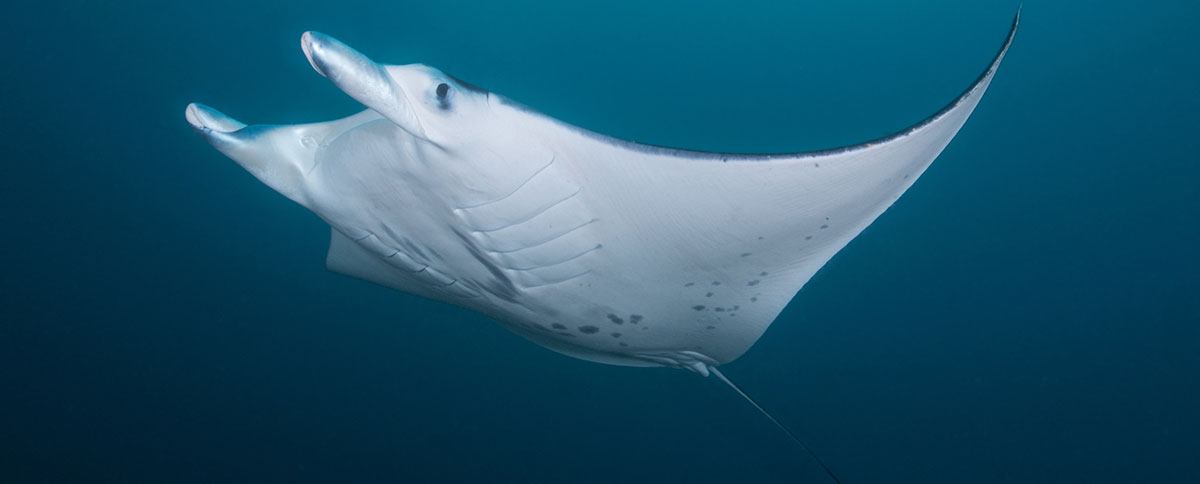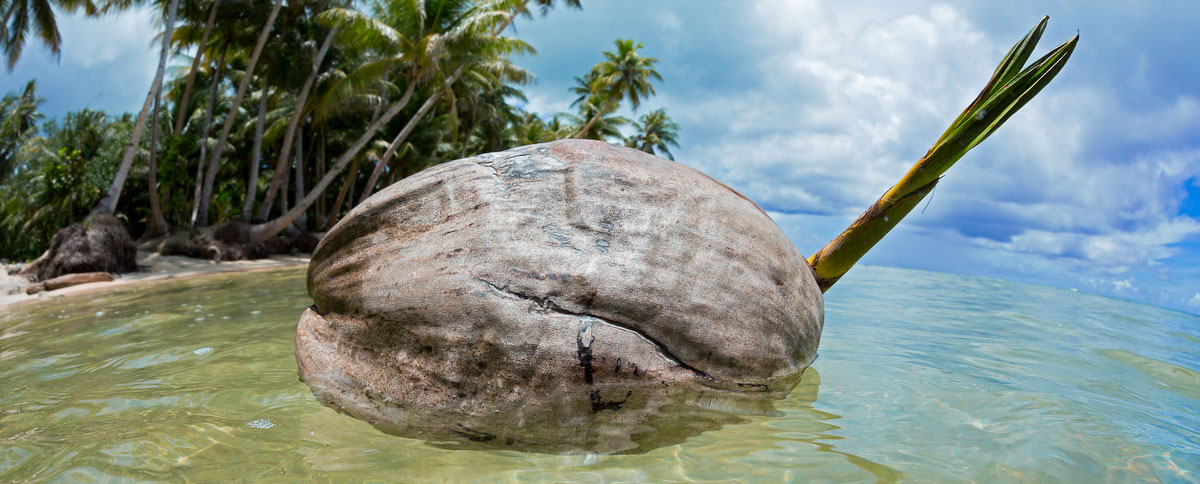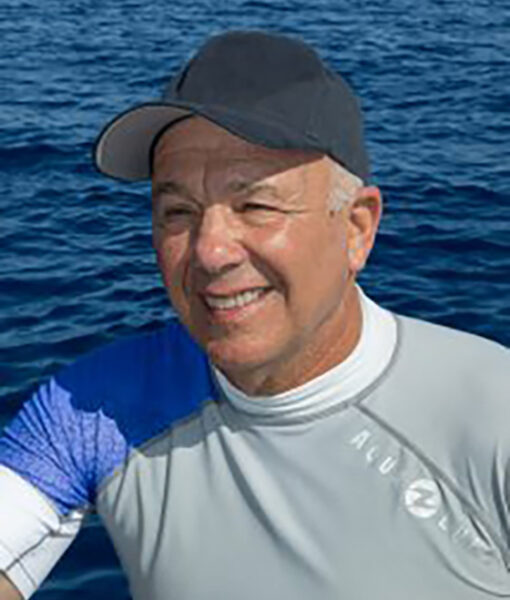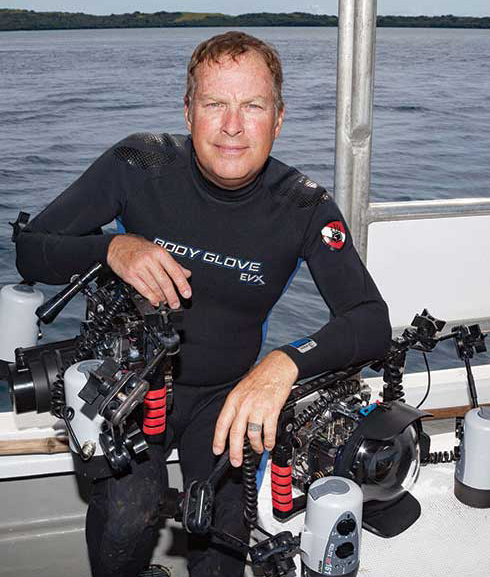Steven Miller
Steve Miller wears a lot of hats for Ikelite. In addition to creating aspirational photos as an ambassador, he leads the Ikelite Photo School, conducts equipment testing, contributes content and photography, represents them at US dive shows, provides one-on-one photo advice to customers via email, and probably a few other things!
Steve’s passion for teaching is undeniable. Steve has been teaching underwater photography since 1980, and he relishes watching former students receive significant accolades for their work. He co-founded the Ikelite Photo School and continues to develop it as a labor of love. Steve’s enthusiasm for new techniques combined with his laid-back personality separates him from other professional photographers. Steve has served as a presenter for our MantaFest Photography School and Contest and is on the calendar to be with us for the August 28 – September 11, 2021 renewal of this world-renowned event. Here are some of his images from Yap.
To learn more about Steve and his work, please visit Steven Miller Photography.
Andy Sallmon
Andrew Sallmon is a full-time underwater photographer, photo equipment sales representative, and SCUBA diving, Instructor.
He creates image content of marine life, the marine environment, and divers interacting and enjoying recreational diving. His work is published worldwide in print and on display in books, magazines, natural history museums, and public aquariums. Teaching UW photography classes for divers, guest speaker engagements and seminars at dive shows and other industry events, and assisting his photo equipment dealers keeps him busy when he is not underwater. He has been working with Sea and Sea since 1999. More about Andy’s images, classes, and trips can be found online at www.seait.com.
Andy and I met for the first time on a trip to Raja Ampat aboard the Pindito in 2002. Andy was along on assignment with Clay Wiseman for Sport diver magazine and back then, Pindito was the only boat in RA.
When talking about that trip Andy says “I will never forget what Bill told the crew when they were concerned over not having enough room for all the large flats of Bintang beer that Bill had ordered. Bill told them, –Then throw the “blankety-blank” dive tanks overboard to make room, or we aren’t going! – I about died laughing when I saw the crew’s smile and heard Edi Frommenwiler, the boat’s owner, say “okay, Bill, no worries, we think up something.”
Marty Snydermann
Residing in Solana Beach, CA, Marty Snyderman is a film producer, Emmy Award-winning cinematographer, still photographer, author, and speaker specializing in issues concerning marine wildlife and the marine environment. Marty is the recipient of the 2018 NOGI award in the Arts presented by the Academy of Underwater Arts and Sciences, the Diving Equipment and Marketing Association’s Reaching Out Award, and the 2020 California Scuba Services award.
Marty is the author of ten books. He serves as the Marine Life Editor for Dive Training Magazine and is the longtime author of the magazine’s What’s That, Always Learning, and Behind The Lens columns. His still images have also been used by National Geographic magazine, numerous National Wildlife Federation publications, the Discovery Channel, Time, Newsweek, the Mandalay Bay Aquarium, Monterey Bay Aquarium, New England Aquarium, Seattle Aquarium, and by numerous other publications and organizations expressing interest in the marine environment both in the United States and overseas.
Marty’s film work has been seen on the PBS series Nature, numerous Discovery Channel programs, the Warner Brothers hit (Free Willy), and a variety of programs that were aired by the British Broadcasting Corporation (BBC), NOVA, the Public Broadcasting System (PBS), CBS, and ABC.
Marty has been teaching underwater photography for almost 40 years and he takes a lot of pride in helping his students learn about and enjoy their own underwater photographic adventures. To learn about how his one-on-one, customizable, online classes taught using ZOOM software can help you improve your underwater photography, please go to martysnyderman.com.
Marty met Bill years ago While the two were quick to become friends, one big hurdle still remains. Marty is a proud Arkansan and is loyal to his Razorbacks. Bill comes from Texas and is a rabid Longhorn who bleeds orange. Their shared love of all things ocean and Yap have enabled Bill and Marty to overcome this deep chasm.
David Fleetham
David Fleetham is one of the most published underwater photographers in the world. He began diving and photographing underwater in 1976. For the first ten years he photographed in the cold, but rich waters of British Columbia, Canada from Seattle to the Queen Charlotte Islands. In Hawaii from 1986 to 2024, he worked as a PADI Instructor and USCG Certified boat captain in various dive businesses. In 2024 he joined his life partner, Jennifer Ross in Guam where they live. When not traveling they explore the reefs of Guam with the Micronesian Divers Association.
David has been on assignments to, Indonesia, The Galapagos Islands, South Africa, The Bahamas, The Philippines, Micronesia, Australia, Sri Lanka, the Sea of Cortez, China, the Red Sea, the Socorro Islands, numerous locations in the South Pacific and Caribbean, and back to the cold waters of British Columbia.
David’s photographs have been published around the globe, with over two hundred magazine covers to date. In 1991 his photograph of a sandbar shark appeared on the cover of LIFE. It is the only underwater image to ever be published on the cover. His award winning work has been published by National Geographic (he has done several assignments for The NGS), The BBC, The World Wildlife Fund, The Cousteau Society, and every North American diving publication. In 2010 David’s image of a manatee was selected from 50,000 entries as the grand prizewinner in the professional division of the National Wildlife Federation’s photography contest. He again received the grand prize in the 2021 Colorado Environmental Film Festival Photo Contest. In 2024 his image of a green sea turtle was published by the USPS in a group of stamps to encourage conservation.
David has given classes on underwater photography techniques and digital editing with Adobe Lightroom and Photoshop at various events and on live-aboard vessels around the world including Bonaire, Indonesia, The Philippines, Yap and Guam Micronesia and Hawaii. He was a guest speaker at ADIM 2016 an Adobe live event in Adobe headquarters in San Jose, CA. USA.
David has done product shots and worked with many diving manufacturers including Oceanic, Bare, Zeagle, Ikelite, Stahlsac, Suunto, Atomic and Hollis. He is an ambassador for both Ikelite and Huish Outdoors. Galleries and agents in over 50 countries reproduce David’s images thousands and thousands of times each year. The American Museum of Natural History, The Smithsonian Museum, The North Carolina Museum of Natural History, The National Museum of Qatar, The London Zoo, Hong Kong Museum, The Maui Ocean Center, The Waikiki, Vancouver, Monterey Bay, New Jersey State, Ripley’s and the Aquarium of the Americas all display his work.
David is a founding member of The Ocean Artists Society, who’s members include James Cameron, Wyland, David Doubilet and Al Giddings.
David photographs exclusively with Canon EOS Mirrorless Digital camera’s, in Ikelite housings, with twin Ikelite strobes and flies DJI Drones. He edits his images using Adobe Lightroom and Photoshop.
David has been diving the oceans of Yap for years and has been a presenter for our annual MantaFest Photography School & Contest (www.mantafest.com ) numerous times. Some of David’s images from Yap may be seen below and for more information on him and his work, please visit www.davdfleetham.com
Valley of the Rays – Manta Dive

- Depth: 50-70 ft | 15-22 m
- Visibility: 30-80 ft | 9-25 m
- Current: 0-4 mph | 0-6 km/h
Dominant Features
Coral outcroppings rising from the sandy bottom of the channel serve as Manta cleaning stations. The Mantas hover over the coral heads & allow cleaner wrasse and other species of small reef fish to pick off parasites.
The center of the Valley is dominated by a huge formation of lettuce coral called the Merry-Go-Round which is the largest of the Manta Cleaning Stations. On the north side of the channel (Maap Side), another smaller formation of lettuce coral serves as another cleaning station called the Carwash. About 20 Meters east of the Carwash is Manta Rock, a large coral pinnacle that rises to within 33 ft. (10 M) of the surface and is the third cleaning station located in the Valley of the Rays. This tall outcropping also offers divers shelter from the current when the tide is strong.
This area is usually dove from moorings on the south side of the channel (Gagil Side). If the tide is slack, the boat stays at the mooring until you return. If the tide is running strongly, you begin the dive at the current mooring and exit at the down current mooring to avoid a tiring swim. The current can be very strong here at times, especially near the outer cleaning station where the channel is slightly narrower and shallower. Make sure that you stay in the areas that the dive guides position you in. They will place you to get the best view without blocking the Manta’s approach to the cleaning station. Stay low, and avoid touching any of the live coral.
Corals
Beautiful variety of antler and table corals on the top edge of the channel. The center of the channel features a very large formation of lettuce coral.
Fish Life
Mantas are the primary attraction at this site. They enter the channel in the morning to be cleaned after spending the night feeding in the open sea. When the tide is running, they will hover motionless over the cleaning station while small wrasse and other species pick parasites from their skin, and inside their mouths and gills. When the tide is slack, the Mantas slowly circle over the cleaning stations and allow the small fish to groom them.
Sometimes several Mantas will be circling in a holding pattern much like airplanes at a busy airport. It is common to see several White Tip Sharks along the bottom of the channel. Large pufferfish frequent the sandy bottom of the channel. Octopi are sometimes seen both in the shallows at the edge of the channel and on the bottom near the outer cleaning station. While waiting for Mantas to show up, keep your eyes peeled because the channel is filled with all sorts of marine delights.
Tradewind Mini-Wall
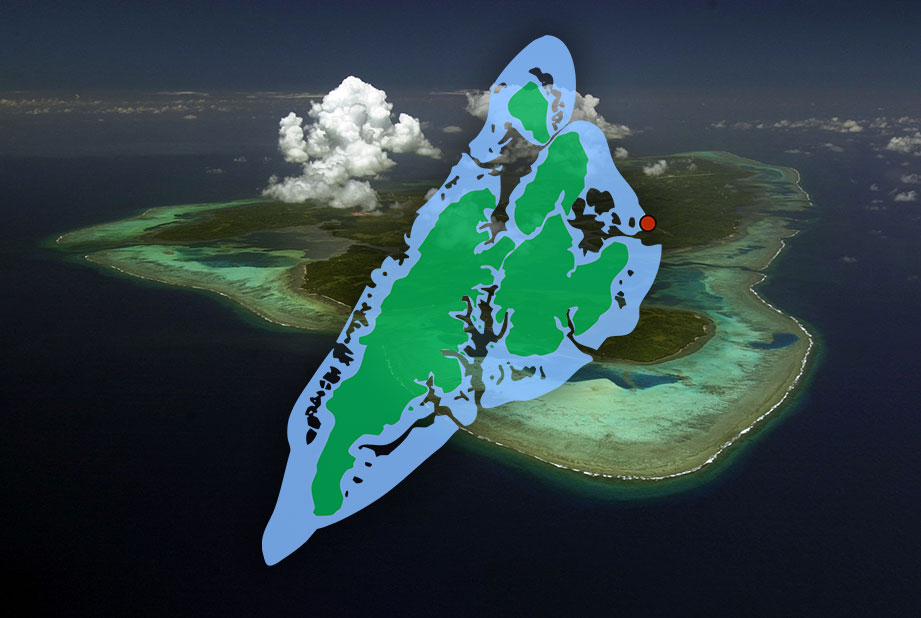
- Depth: 15-65 ft | 5-20 m
- Visibility: 60-100+ ft | 18-30+ m
- Current: 0-2 mph | 0-5 km/h
Dominant Features
A series of vertical mini-walls from 20 – 50 ft. (6 – 15 M). Below 50 ft. (15 M) there’s a short plateau before a gentle sandy slope starts dropping off towards the ocean bottom.
Corals
As you move further north along the Mini Wall, the selection of hard corals becomes more diverse.
Fish Life
Many of the smaller fish school-up near the upper edge of the wall and lobsters have been found in the cuts and niches along the bottom of the wall. If you swim out over the sandy plateau that drops very slowly from 60′ to the ocean floor, you can see resting White Tips and Sting Rays.
Stonehenge
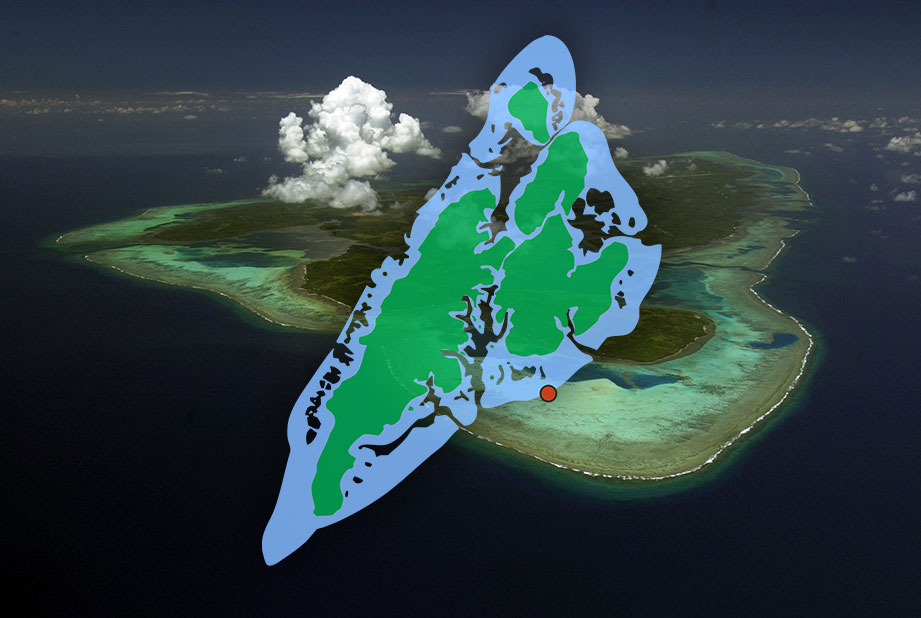
- Depth: 20-100 ft | 6-30 m
- Visibility: 50-100+ ft | 15-30+ m
- Current: 0-1 mph | 0-2 km/h
Dominant Features
A vertical wall that curves in & out. The current usually less than 1/2 knot makes this an easy drift dive. This portion of the reef has a steeper wall than most of the sites on the east side of the Island. Sometimes done as a night dive if the seas are particularly calm.
Corals
Big crevices running perpendicular to the reef are filled with many of the hardy, star, and table corals. The wall is covered by a good variety of hard corals with occasional small soft corals mixed in.
Fish Life
Look for a lot of small schooling reef fish at the top of the wall. Turtles frequently sleep in crevices along this section of the reef. Sharks, Barracuda, and Morays are seen in the daytime. Lionfish, Stonefish, and Lobsters at night.
